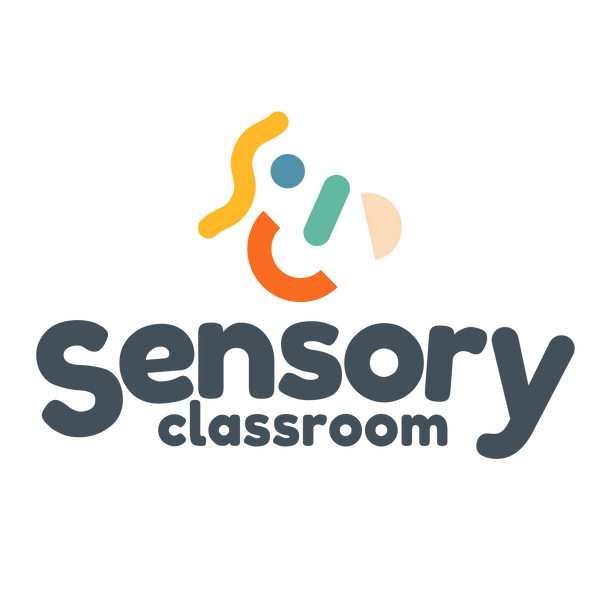Supporting Minimally Speaking Learners with Sensory Needs
In any classroom — mainstream, nurture, or specialist — there are learners whose behaviour speaks far louder than their words. For some, words haven’t come yet. For others, verbal communication simply isn’t their most natural or accessible method. And yet, their communication is there — loud, clear, and often misunderstood.
For minimally speaking children, especially those with autism or high support needs, behaviour is often the first language we need to learn to interpret. From hurting or dropping to the floor, to self-injurious behaviours, vocal stims or demand avoidance — every action is a message, and it’s our job to slow down, listen, and respond with care.
Safety before strategy
If a learner is surrounding themselves with “safe items,” struggling with transitions, or reacting with physical behaviours, the most important thing to remember is this: they are not being difficult. They are having a difficult time.
Before we offer visuals or schedules, we need to build emotional and sensory safety. That might mean:
- Allowing access to comfort objects all day
- Removing demands completely, even if they seem small
- Regulating with the learner, not at them (co-regulation)
Sometimes, even our kindest intentions — like offering a choice board or saying “It’s time for snack” — are just too much. For those moments, Intensive Interaction offers a way forward. Simply being present, copying their vocalisation, responding to gaze or body movement, and sharing joy without pressure can do more than any flashcard ever could.
Explore more:
Intensive Interaction Training Course
The myth of control
When behaviour escalates — whether it’s noise, refusal, or aggression — the instinct in many schools is to impose control: to restore order, set a boundary, or show who’s in charge. But for sensory-driven, pre-speaking, or PDA-profile learners, the result is often the opposite. Control-based systems increase anxiety. Demands shut down connection. And the learner spirals further.
Instead, we shift from control to co-regulation. That means:
- Joining their world before asking them to join ours
- Using sensory tools not as a reward, but as a right
- Offering shared tasks instead of instructions
Sometimes, all a learner needs is for someone to say: “I see you. I’m here. Let’s work it out together.”
Behaviour isn’t something to manage — it’s something to understand
If a child starts biting, throwing, smearing, or making repetitive vocalisations — they’re not trying to “get attention.” They’re trying to get relief. Sensory profiles can help us figure out why these behaviours happen, and what their nervous system might be seeking.
Whether it’s chewing, pressure, rhythm, or escape, meeting the need safely is the first step toward changing the behaviour.
Explore more:
Podcast Ep 16 – Sensory Behaviour Support
Listen here: https://sensoryclassroom.org/pages/podcast
You’re not going backwards. You’re going deeper.
If a child suddenly stops joining the group, starts hitting themselves, or refuses even a preferred activity — it doesn’t mean you’ve done it wrong. It means they’re asking for more connection, more regulation, or less demand.
By choosing to stay, to soften, to listen and learn — you’re already doing the most powerful intervention there is.
You’re not failing.
You are responding.
And that matters more than anything.

